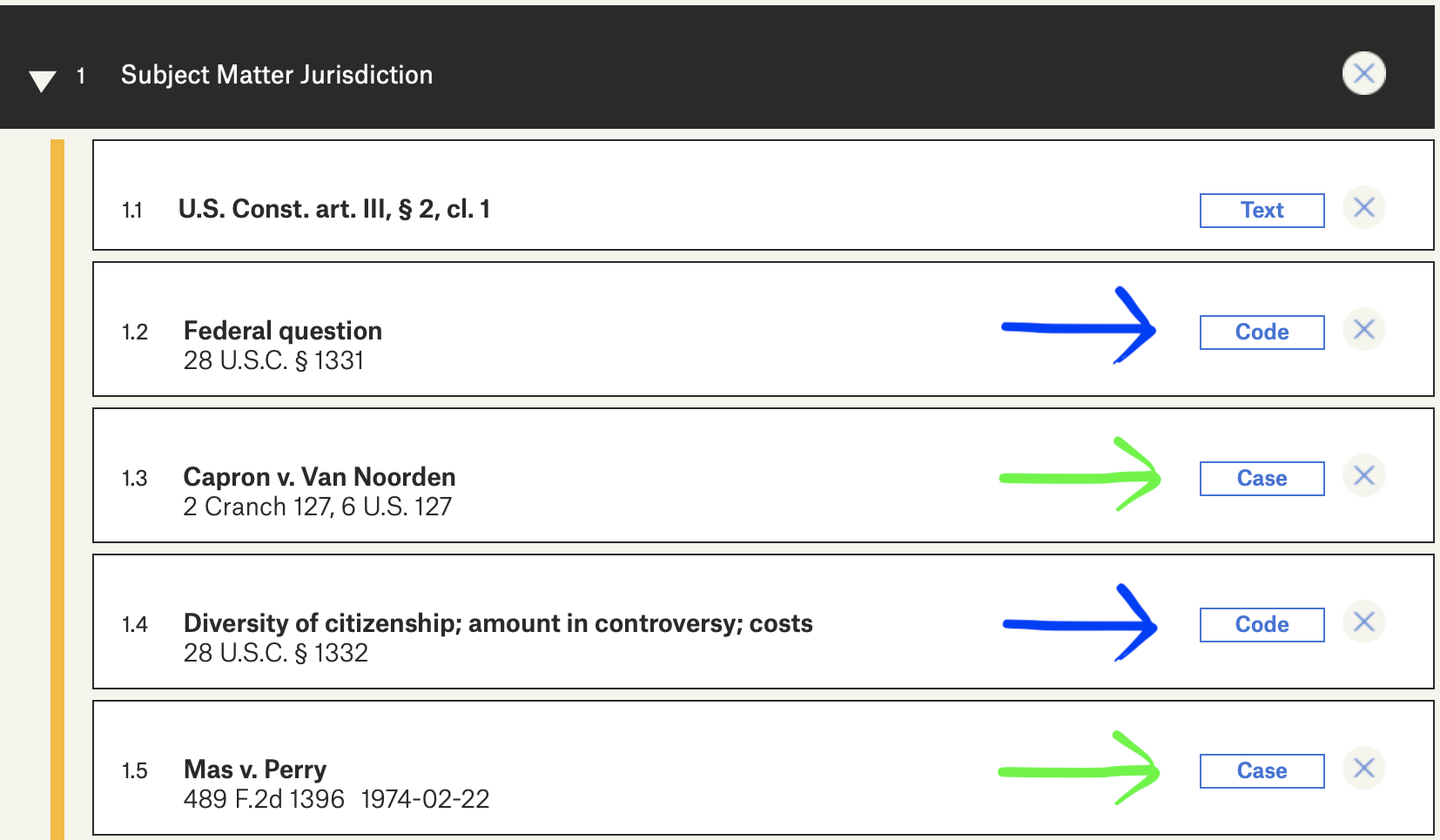This fall I’ve been working with Harvard Law School Professor Jim Tierney on a new reading group that will cover three recent Supreme Court Opinions that have had tremendous impacts on the legal world. While there has been much debate and legal analysis on West Virginia v. EPA, New York State Rifle & Pistol Association v. Bruen, and Dobbs v. Jackson Women’s Health Organization, this reading group will focus specifically on aspects of these cases and their consequences that impact the function of state attorneys general. Attorneys general serve important roles as defenders of state laws, law enforcement officers, promoters of safety and welfare, and representatives of states’ interests against private parties and the federal government. This course will explore how these roles interface with these three court decisions in unprecedented ways.
Main Content
Want to stay informed about new resources and features? Subscribe to our monthly newsletter.
H2O is primarily a digital platform, able to pull from many online sources on the fly. However, we’ve learned from users who are students that having physical copies of casebooks is important for their study habits. There has long been an option to export a casebook from H2O for printing; we’ve recently been putting more development work into making that export as ready as possible to be printed like a bound text.
Over the past few weeks, we’ve deployed a handful of updates that improve the export experience for casebooks across the board. Our goal is for authors to be able to click Export and then Print in quick succession, and end up with an object that looks and feels like a traditional book. Here are the highlights:
Spurred in part by the remote learning environment of the past year, educators have increasingly come to rely on H2O as a primary teaching tool and have been eager to incorporate more of their open educational content in one place. Today we’re announcing that H2O authors now have the ability to upload images and embed videos in their casebooks alongside other materials like cases, U.S. code, text, and links.
With these new multimedia options in H2O, authors are able to use the text editor to upload images like flowcharts, sketches, photographs, and anything else that helps them support a concept in their book (see sample image below). Authors are also able to embed any video from Vimeo or YouTube they’d like to use to illustrate a topic they are teaching. This includes their own video lectures, but could also include other publicly available videos related to their topic.
Jonathan Zittrain is the George Bemis Professor of International Law at Harvard Law School. He is also a professor at the Harvard Kennedy School of Government, a professor of computer science at the Harvard School of Engineering and Applied Sciences, director of the Harvard Law School Library, and co-founder and director of Harvard’s Berkman Klein Center for Internet & Society. He is also a founder of the H2O platform. We recently talked about how he uses H2O in his classroom and his take on the benefits and opportunities of open legal education technologies.
What are your primary areas of teaching and research?
I teach Torts, as well as a number of courses about the digital space: privacy, property, and speech online; the ethics of artificial intelligence; and the digital online architectures, including who controls them, and how they in turn shape us.
What prompted the development of H2O and your own decision to start teaching with H2O?
I was interested in developing and using H2O in my own classroom for a few reasons. From the student’s point of view, especially in law where 90% of the contents of a casebook are public domain materials - written opinions by judges, paid for by tax dollars - the fact that those books go for $250 or $300 a pop per course just seems usurious.
Further, it’s interesting how much, in order to fit a case into a casebook, you understandably need to trim it and take out a bunch of stuff. But certainly the judge writing the opinion thought that all the words were needed. So, through H2O’s case annotation tool, there’s a simple mechanism to create an ellipsis when the teacher removes a section of the case that students can then click on and in an instant see what they’re missing. I have found when I’m assigning an opinion that it’s the perfect balance in highlighting the most important parts while trusting the student to know when that extra context would be helpful.
Today we’re announcing the release of a new integration in H2O. Casebook authors can now directly search for and integrate sections from the United States Code into their casebooks alongside cases, articles, and other materials. Our source for the U.S. Code is the Government Publishing Office’s govinfo website: https://www.govinfo.gov/app/collection/uscode.
This release is the next step in a process that began with H2O’s integration with the Caselaw Access Project (CAP) in 2018, and we continue to explore opportunities to incorporate primary legal documents into H2O. By seamlessly providing authors access to more legal materials, we can expand how legal educators approach their “casebooks” and build a teaching and learning tool with room to make new kinds of connections, arguments, and lessons.
Authors can use the U.S. Code integration in a variety of ways, for example by incorporating sections of code alongside cases and other materials in new or existing casebooks (see below), or by creating separate statutory supplements to augment their existing casebooks.
